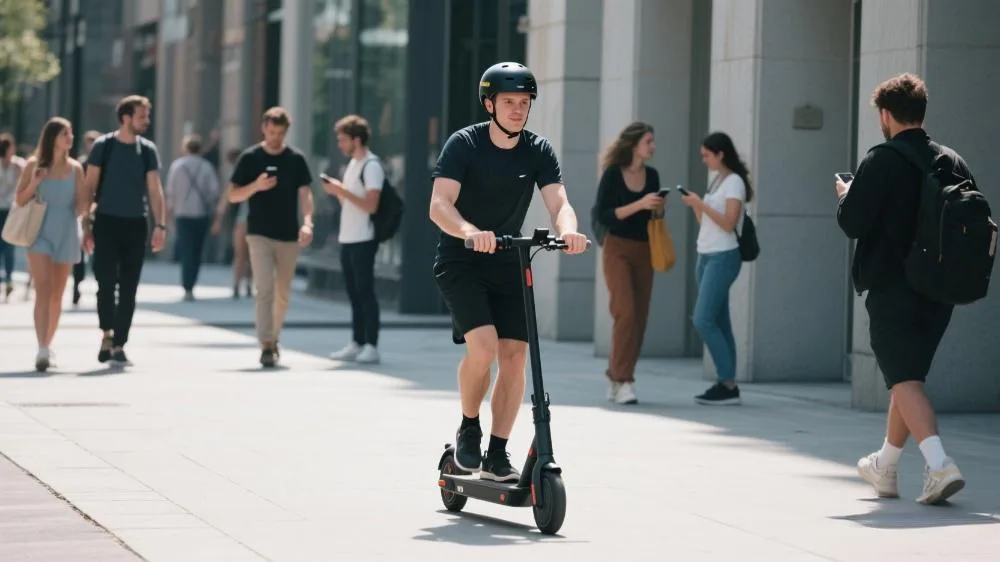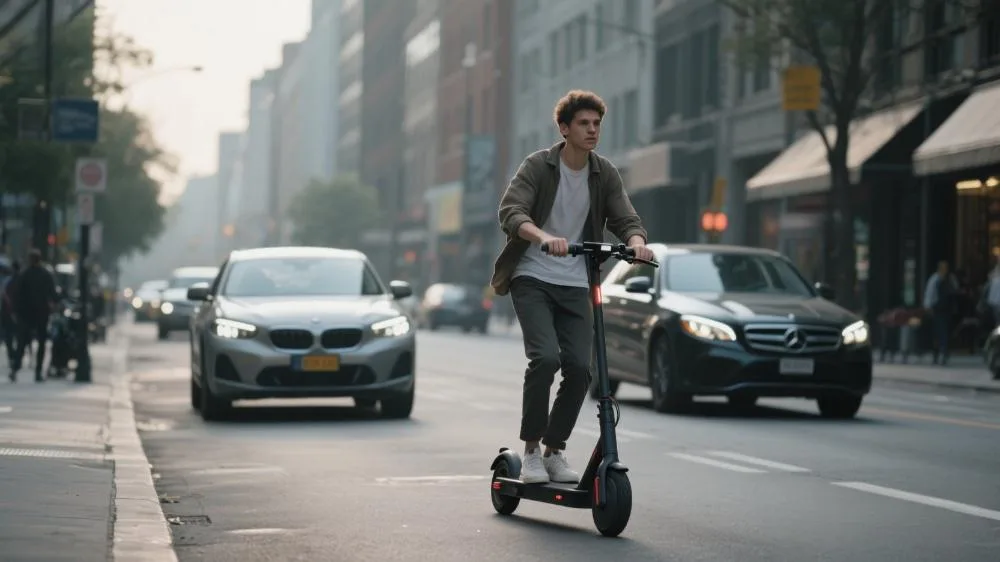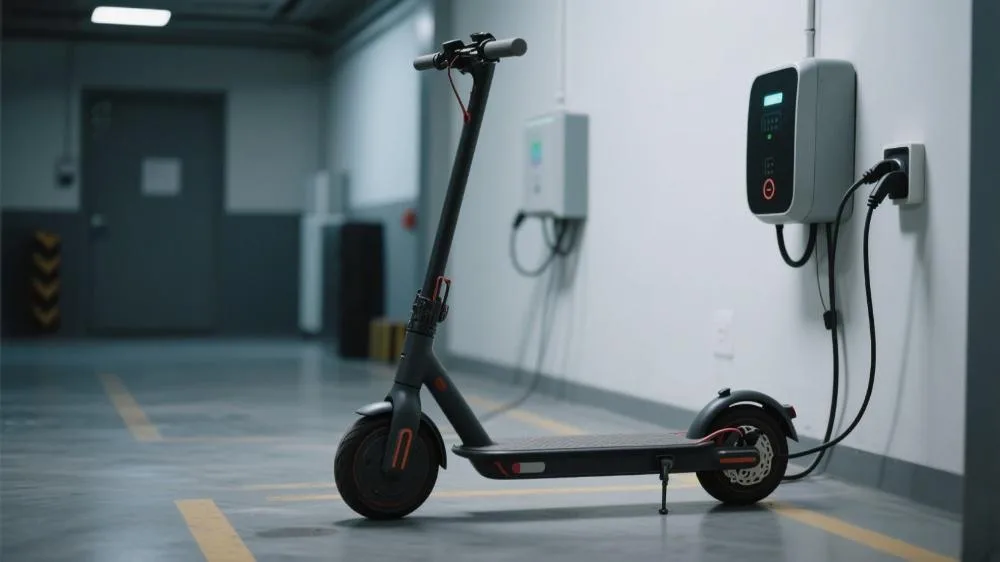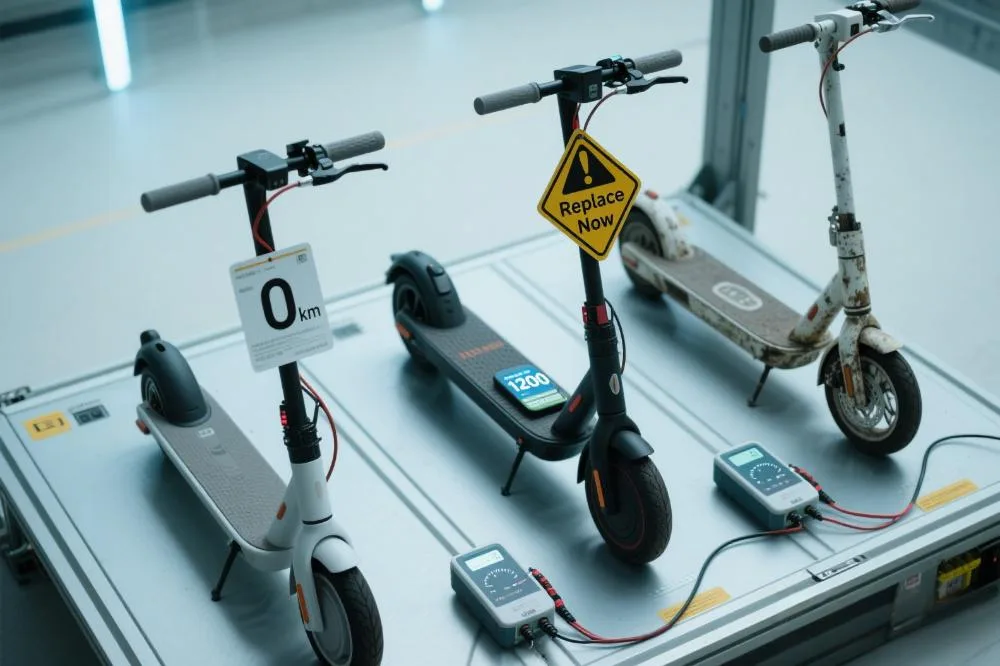can you ride an e-scooter on the pavement
Can you ride an e-scooter on the pavement? Sarah, a market analyst working in London’s financial district, faces a daily conundrum – should she risk riding her e-scooter in traffic lanes or face potential fines by using pedestrian pathways? This dilemma affects millions of commuters across Europe and North America, involving complex legal frameworks and safety considerations. According to the EU Urban Mobility Observatory’s 2025 report, approximately 68% of e-scooter users admit to riding on pavements for various reasons, with pedestrian collision rates being 4.7 times higher than on dedicated lanes. Research from the professional content platform novascooter reveals significant variations in penalties across cities: Paris imposes €135 fines per violation, while Amsterdam employs a cumulative system where third offenses result in vehicle confiscation. The UK’s Transport Research Laboratory (TRL) 2025 simulation uncovered critical data: when e-scooters travel at 20km/h on pavements, the potential injury risk to pedestrians is 3.2 times greater than on bicycle lanes. Compounding this issue, legal definitions of pavements vary substantially – Germany classifies pathways wider than 3 meters as “shared spaces,” whereas most U.S. states strictly prohibit motorized devices on sidewalks. This regulatory fragmentation leads to a 37% accidental violation rate among international travelers, according to the International Transport Forum’s (ITF) multinational survey data. Legal Framework Analysis 1. Comparative Regulations in Western Markets 1.1 Prohibitionist Jurisdictions Legal Characteristics & Enforcement: 1.2 Conditional Permission Systems Special Provisions: 2. Municipal Management Approaches 2.1 Shared E-Scooter Policies 2025 Urban Regulations: 2.2 Penalty Implementation Variations Enforcement Case Studies: Safety Technology Solutions 1. Pavement-Specific Safety Features 1.1 Mandatory Safety Equipment 2025 Regulatory Requirements: 1.2 Pedestrian Protection Innovations Advanced Safety Technologies: 2. Pavement Riding Techniques 2.1 Speed Management Strategies Contextual Speed Control: 2.2 Complex Scenario Navigation Special Situation Protocols: Alternative Solutions 1. Legal Route Planning 1.1 Urban Network Optimization Smart Navigation…









